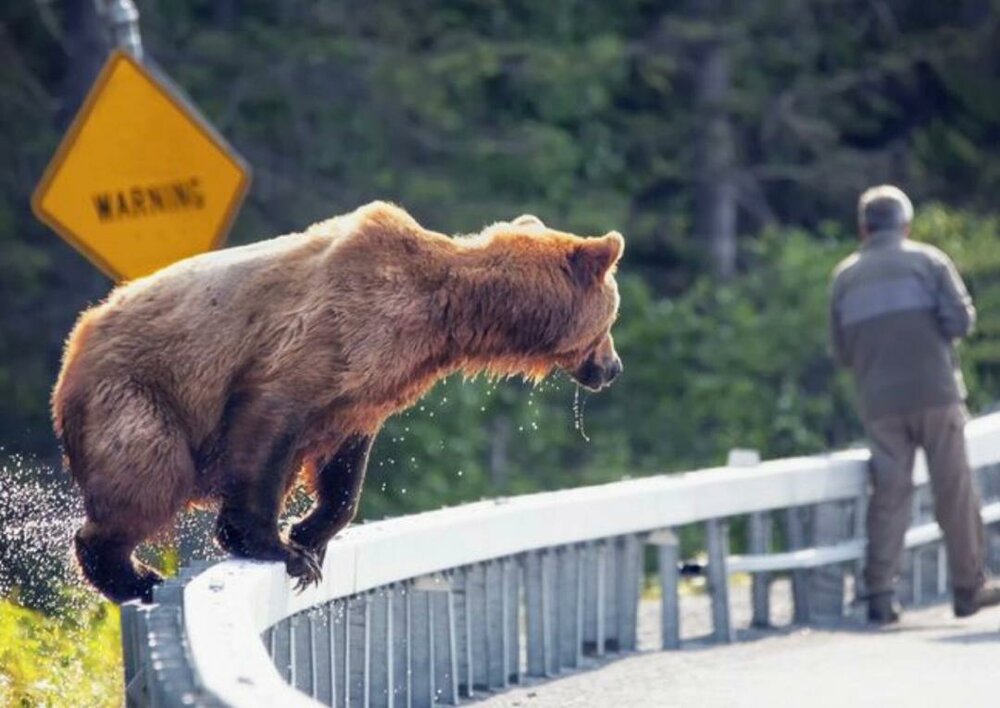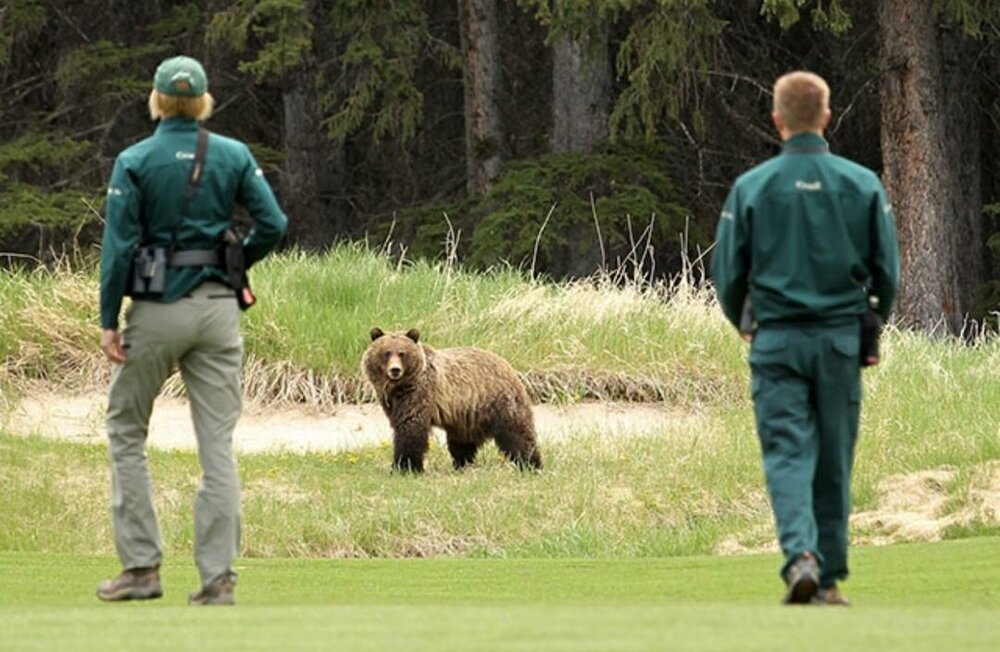The most important threats to brown bear populations in Iran

Iran is a vast country with an area of 1,623,779 km2 in which there are 164 mammal species including the Asiatic black bear and brown bear. Human-bear conflict is the main reason for the brown bear number reduction and range collapse in this country. In this short article, I summarize the most important threats to brown bear populations in Iran:
1) Based on a false traditional belief, bear meat has lots of medical uses, and therefore the bears are killed regularly by local people throughout the country.
2) Huge profits from trafficking luxury wildlife goods have increased, and as a result the presence of illegal hunters within protected areas for the purpose of bear poaching has risen. The bear skins are sold for up to USD 2,000 illegally at the Iranian market.
3) Food scarcity makes bears get attracted to areas where livestock (cattle, goat, sheep, and horse), orchards and crop fields including maize, sunflowers, apricots, grapes, mulberries, walnuts, roots, seeds, buds, and beehives are available. In response, rural residents use both guns and poisonous lures to kill them in order to defend their crops and livestock.

Unfortunately, not many studies have been conducted on the bears in Iran, and therefore little is known on their ecology, current distribution, population size, and trend. This has resulted in a lack of state-run monitoring of the bears in the Iranian protected areas. All these events can affect the decision-making process by the relevant wildlife authorities. Therefore, it is crucial to launch projects on the bears to count and determine their current population structure in Iran for prioritizing conservation going forward if their extinction is to be avoided. Iran’s Department of the Environment (DoE; the governmental organization) is fully responsible for planning, funding, and conducting the projects.
Leave a Comment